 1982 Opel Senator A (facelift 1982) Dimensions, Size & Specs
1982 Opel Senator A (facelift 1982) Dimensions, Size & SpecsMeasurements of the 1982 Opel Senator A, engineered for optimal performance and comfort
| Dimensions | |
|---|---|
| Length: | 4828-4839 mm190.1-190.5 in15.8-15.9 ft |
| Width: | 1722-1728 mm67.8-68.0 in5.6-5.7 ft |
| Height: | 1415 mm55.7 in4.6 ft |
| Ground Clearance: | 140 mm5.5 in0.5 ft |
| Trunk Capacity: | 715 liter25.2 cu ft |
| Trunk Capacity (Max): | 715 liter25.2 cu ft |
| Weight Specifications | |
| Curb Weight: | 1320-1430 kg2910-3153 lbs |
| Maximal permitted Weight: | 1885-2000 kg4156-4409 lbs |
| Roof Load: | 80 kg176 lbs |
| Tire Specifications | |
| Rims Size: | 14-inch rims:
|
| Tire Size: |
|
The 1982 Opel Senator A facelift represents a refined iteration of Opel's executive sedan produced from 1981 to 1986. This generation is notable for combining elegant design with practical dimensions suited for both comfort and road presence. The Senator A facelift spans a length ranging from 4828 mm to 4839 mm (approximately 190 inches), making it a sizable vehicle in the sedan category. It measures between 1722 mm and 1728 mm (67.8 to 68 inches) in width, and stands 1415 mm tall (55.7 inches), ensuring a balanced stance that supports stable handling and spacious interiors. Curb weight varies between 1320 kg and 1430 kg (2909 to 3151 lbs), enabling a solid yet manageable driving experience, while the vehicle's maximum weight is rated between 1885 kg and 2000 kg (4157 to 4409 lbs), accommodating passengers and cargo comfortably.
One of the standout features of this car is its remarkably large luggage capacity of 715 liters, which remains consistent even when the rear seats are folded, demonstrating excellent cargo space versatility for an executive sedan of its era. The Opel Senator A facelift also offers a roof load capacity of up to 80 kg (176 lbs), allowing additional storage options for roof racks or cargo boxes, further enhancing its practicality. The car rides on 6J x 14 rims, paired with tires sized 195/70 R14, contributing to a smooth and controlled ride quality. Ground clearance is at a moderate 140 mm (5.5 inches), suitable for varied driving conditions without compromising stability.
In essence, the 1982 facelift version of the Opel Senator A sedan reflects a harmonious blend of substantial size, comfort, and utility, placing it as a competitive executive sedan of the early 1980s in both European and international markets.
Discover the standout features that make the 1982 Opel Senator A a leader in its class
Have a question? Please check our knowledgebase first.
The Opel Senator A facelift model from 1982 has a length ranging between 4828 mm and 4839 mm, which converts to approximately 15 feet 10 inches to 15 feet 11 inches. This length places it firmly in the mid-to-large sedan category for its time, offering ample passenger and cargo space while remaining manageable in urban and highway driving conditions.
The width of the Opel Senator A facelift varies slightly between 1722 mm and 1728 mm, equivalent to about 67.8 inches to 68 inches wide. This width is typical for executive sedans of the early 1980s, providing sufficient shoulder room for passengers and contributing to a stable stance on the road.
The Opel Senator A facelift has a height measurement of 1415 mm, which is approximately 55.7 inches or 4 feet 7.7 inches. This moderate height contributes to the car's aerodynamic profile while still allowing comfortable interior headroom for passengers.
The curb weight of the Opel Senator A facelift ranges from 1320 kg to 1430 kg, which is about 2,910 to 3,153 pounds. This weight range reflects the car's solid build quality typical of executive sedans of the early 1980s, balancing structural integrity with manageable driving dynamics.
The maximum permissible weight, or gross vehicle weight, of the Opel Senator A facelift ranges from 1885 kg up to 2000 kg. In imperial units, this corresponds to roughly 4,156 pounds to 4,409 pounds. This figure represents the total allowable weight including passengers, cargo, and fuel, ensuring safe operation within the vehicle's design limits.
The Opel Senator A facelift offers a generous luggage compartment capacity of 715 liters (approximately 25.2 cubic feet). Notably, folding the rear seats does not increase this capacity, indicating that the trunk space is contained and separate from the rear passenger area, typical for sedans of this era.
Yes, the Opel Senator A facelift can generally fit into a standard single-car garage. With a length of just under 4.84 meters (about 15 feet 11 inches), a width of roughly 1.73 meters (about 5 feet 8 inches), and height under 1.42 meters (approximately 4 feet 7.7 inches), it should comfortably fit within typical garage dimensions, which often exceed 2.4 meters (8 feet) in width and at least 5.5 meters (18 feet) in length.
The Opel Senator A (facelift 1982) largely maintained the overall size from its initial A generation launched in 1978. However, the facelift brought styling refinements without major dimensional changes. The length of approximately 4.83 meters and width near 1.73 meters remained consistent. This continuity ensured that the Senator retained its executive sedan stature without becoming bulkier or more cumbersome than the original design, emphasizing evolution over revolution.
Compared to other executive sedans from the early 1980s, such as the BMW 5 Series (E28) or the Mercedes-Benz W123 E-Class, the Opel Senator A facelift is very competitive in dimensions. Its length of around 4.83 meters (15 ft 11 in) positions it slightly longer than some competitors, offering extra trunk space at 715 liters. Width and height are similar to peers, ensuring ample cabin comfort. Its weight range of roughly 1,320 to 1,430 kg aligns well with similar cars, combining structural robustness with reasonable agility.
The Opel Senator A facelift comes equipped with 14-inch rims sized 6J x 14 and tire dimensions of 195/70 R14. This tire setup balances ride comfort and handling qualities typical for the era's executive sedans. The relatively tall sidewall on the 195/70 tires assists in absorbing road imperfections, contributing to a smoother ride, while the rim width and diameter support stable cornering and responsive steering dynamics.
Discover similar sized cars.
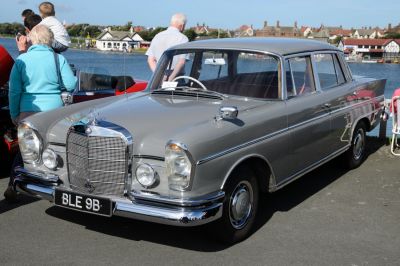
| Production: | 1961-1965 |
|---|---|
| Model Year: | 1961 |
| Length: | 4875 mm191.9 in |
| Width: | 1795 mm70.7 in |
| Height: | 1455 mm57.3 in |
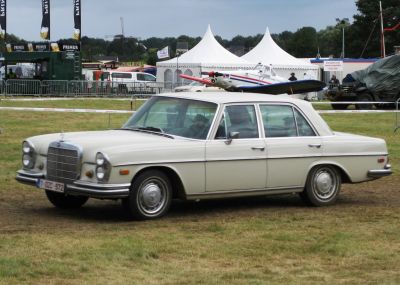
| Production: | 1965-1972 |
|---|---|
| Model Year: | 1965 |
| Length: | 4900 mm192.9 in |
| Width: | 1810 mm71.3 in |
| Height: | 1440 mm56.7 in |
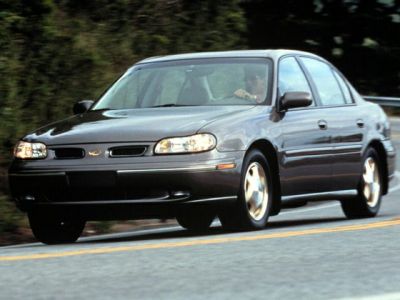
| Production: | 1981-1999 |
|---|---|
| Model Year: | 1982 |
| Length: | 4834-4892 mm190.3-192.6 in |
| Width: | 1766 mm69.5 in |
| Height: | 1375 mm54.1 in |

| Production: | 1990-1998 |
|---|---|
| Model Year: | 1990 |
| Length: | 4871 mm191.8 in |
| Width: | 1750 mm68.9 in |
| Height: | 1411-1425 mm55.6-56.1 in |
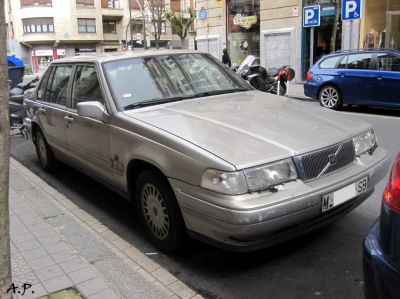
| Production: | 1990-1996 |
|---|---|
| Model Year: | 1991 |
| Length: | 4871 mm191.8 in |
| Width: | 1750 mm68.9 in |
| Height: | 1411 mm55.6 in |
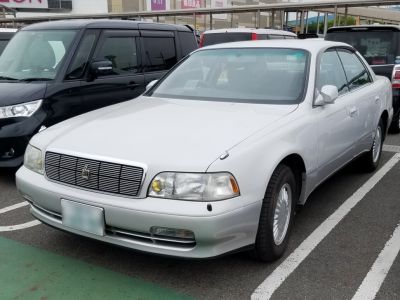
| Production: | 1993-1995 |
|---|---|
| Model Year: | 1993 |
| Length: | 4900 mm192.9 in |
| Width: | 1800 mm70.9 in |
| Height: | 1430-1445 mm56.3-56.9 in |
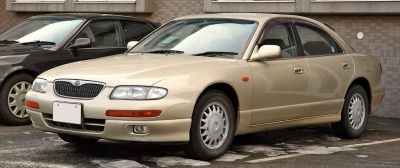
| Production: | 1993-1996 |
|---|---|
| Model Year: | 1993 |
| Length: | 4825 mm190.0 in |
| Width: | 1770 mm69.7 in |
| Height: | 1395 mm54.9 in |

| Production: | 1992-1997 |
|---|---|
| Model Year: | 1993 |
| Length: | 4860 mm191.3 in |
| Width: | 1770 mm69.7 in |
| Height: | 1390 mm54.7 in |
